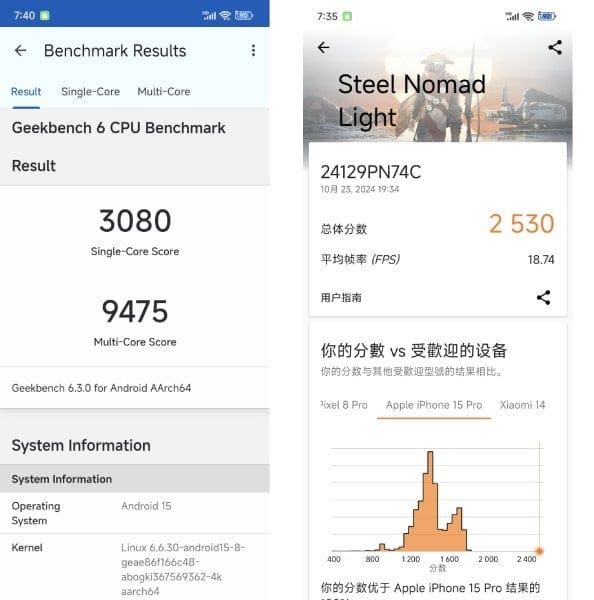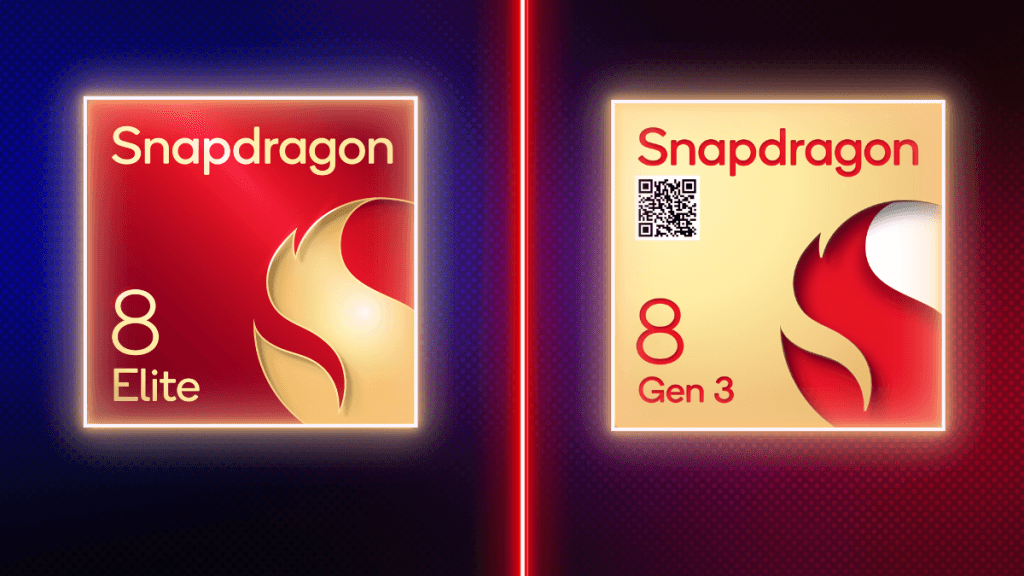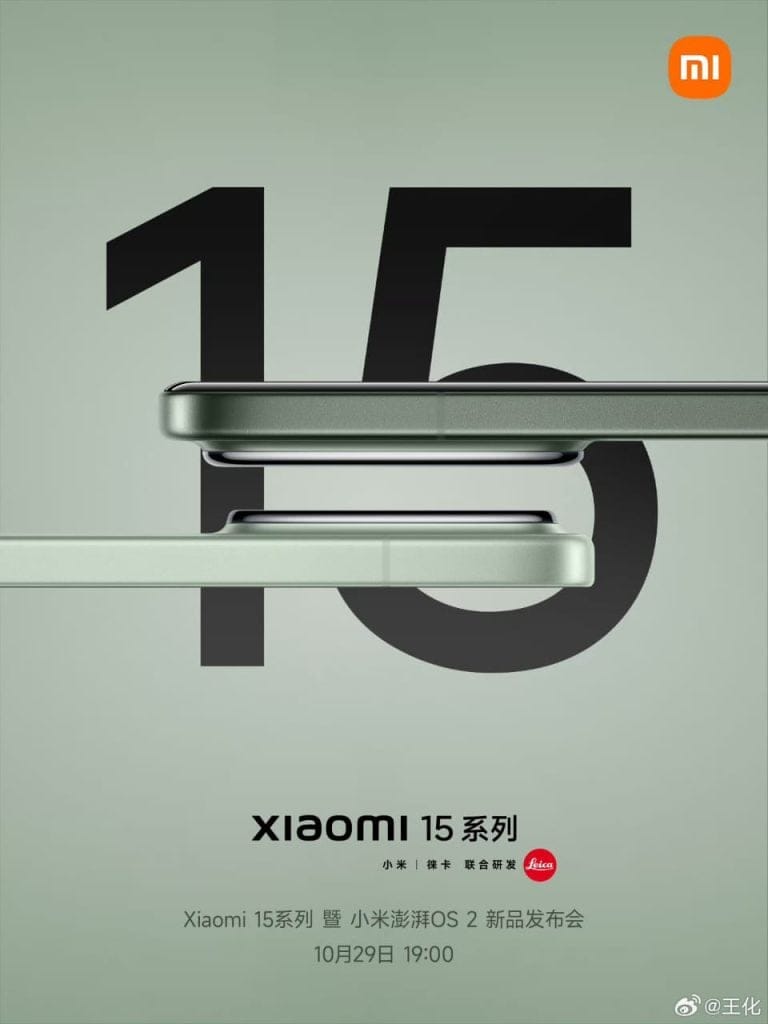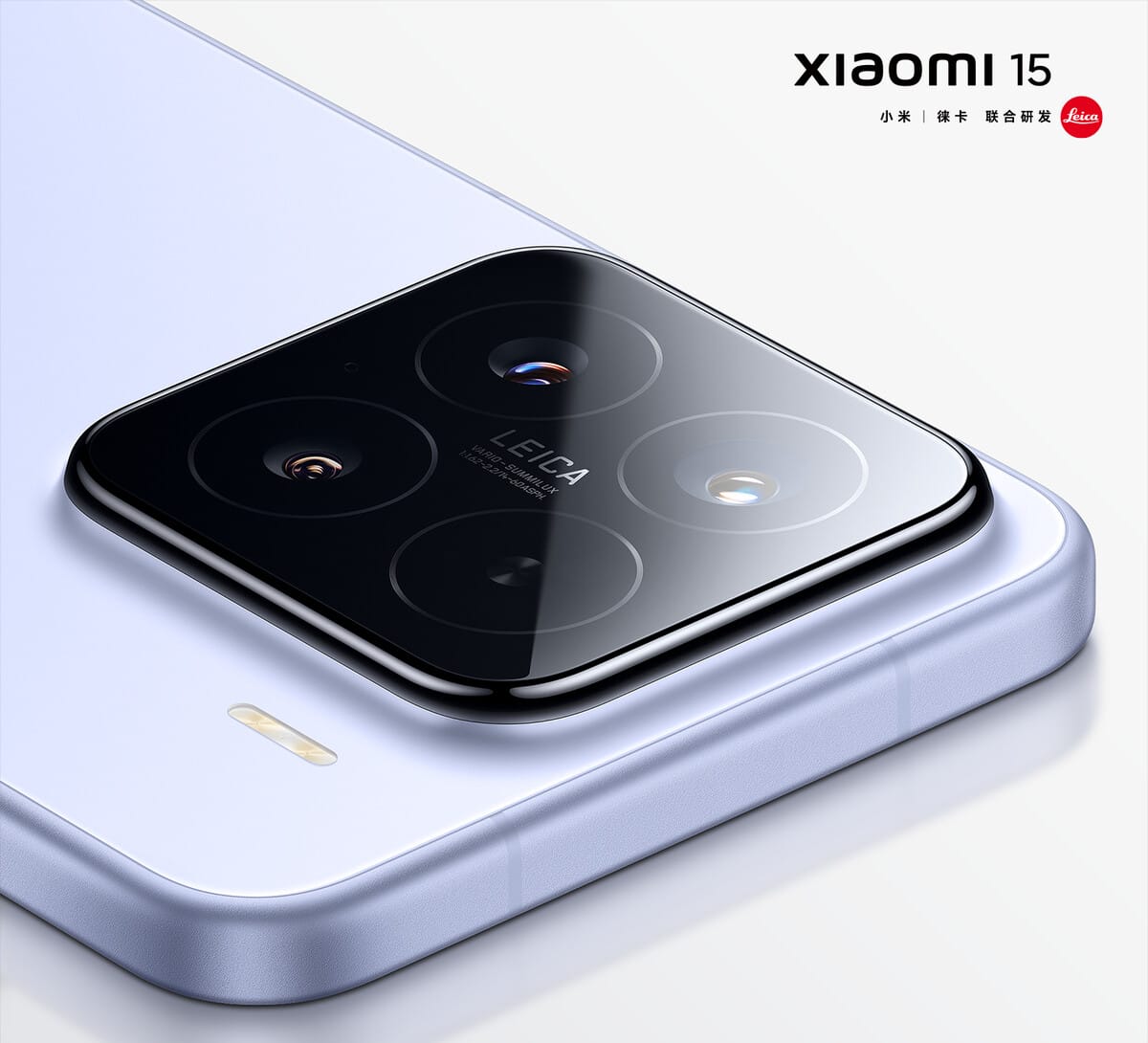Qualcomm has recently introduced its latest flagship processor, the Snapdragon 8 Elite, which is set to power many high-end Android smartphones as we approach 2025. This new chip features significant improvements that put the Dimensity 9400 and Apple’s A18 Pro on notice.
Performance Overview
The Snapdragon 8 Elite boasts impressive claims from Qualcomm regarding its speed, efficiency, and artificial intelligence features. However, how does it stack up against its predecessor, the Snapdragon 8 Gen 3? Is it worth upgrading to the Elite version? Let’s take a closer look to guide you in selecting the best chipset for your next mobile device.
Specifications Comparison
| Feature | Snapdragon 8 Elite | Snapdragon 8 Gen 3 |
|---|
| Announced | October 2024 | October 2023 |
| Part number | SM8750-AB | SM8650-AB, SM8650-AC |
| Process node | 3nm | 3nm |
| Manufacturer | TSMC | TSMC |
| CPU | 2 x Oryon @ 4.32GHz | 1 x Cortex-X4 @ 3.3GHz |
| 6 x Oryon @ 3.53GHz | 3 x Cortex-A720 @ 3.15GHz |
| | 2 x Cortex-A720 @ 2.96GHz |
| | 2 x Cortex-A520 @ 2.27GHz |
| GPU | Adreno 720 GPU | Adreno 750 GPU |
| Camera | Qualcomm Spectra AI Triple ISP | Qualcomm Spectra Cognitive ISP |
| Memory | LPDDR5x at 5.3GHz (up to 24GB) | LPDDR5x at 4.8GHz (up to 24GB) |
| Connectivity | Snapdragon X80 5G modem | Snapdragon X75 5G modem |
Benchmarking Insights
In terms of performance benchmarks, early results indicate that the Snapdragon 8 Elite significantly outperforms the Snapdragon 8 Gen 3. However, it does not surpass the Apple A18 Pro, though it does leave the MediaTek Dimensity 9400 behind convincingly. The Snapdragon 8 Elite shows its strength particularly in multi-core tests on Geekbench, where it outshines both the Snapdragon 8 Gen 3 and the A18 Pro by a noticeable margin.
The Snapdragon 8 Elite continues to lead in performance benchmarks, closely followed by MediaTek’s Dimensity 9400. Both chips have shown they can outperform the Snapdragon 8 Gen 3 and Apple A18 Pro by a wide margin in AnTuTu tests.
CPU and Architecture
The Snapdragon 8 Elite is built using TSMC’s 3nm technology, whereas the Snapdragon 8 Gen 3 is made with a 4nm process. This change in manufacturing improves both performance and energy efficiency. A major highlight of the Snapdragon 8 Elite is the introduction of Qualcomm’s Oryon cores, which were originally designed for Windows laptops. Qualcomm is now bringing these performance and efficiency gains to mobile devices.
The Prime Oryon core in the Snapdragon 8 Elite has a peak clock speed of 4.32GHz, surpassing the 3.3GHz of the Snapdragon 8 Gen 3. The Snapdragon 8 Elite also boasts 24MB of cache memory, marking it as the largest in mobile chipsets. Qualcomm claims that the Snapdragon 8 Elite offers a 45% performance increase and 44% better power savings compared to its predecessor.
GPU Enhancements
Not only does the Snapdragon 8 Elite focus on CPU advancements, but it also comes with significant GPU improvements. It features the Adreno 830 GPU, which provides a 40% performance boost compared to the Adreno 750 in the Snapdragon 8 Gen 3.
With this increase in performance, battery usage could rise, but the new sliced architecture allows for a 40% improvement in energy efficiency. Additionally, Qualcomm promises a 35% enhancement in ray tracing capabilities. The Snapdragon 8 Elite also introduces Unreal Engine 5’s Nanite technology to mobile gaming, enabling high-quality 3D environments.
Advancements in AI
Qualcomm continues to elevate AI features with the Snapdragon 8 Elite. This iteration includes an advanced Hexagon NPU that is said to be 45% faster and provides 45% greater performance per watt. This upgraded NPU can handle more complex tasks, allowing on-device AI assistants to work better without needing an internet connection.
Camera Improvements
Camera functionalities have seen significant upgrades in the Snapdragon 8 Elite. It features a triple 18-bit AI ISP, compared to the Cognitive ISP of its predecessor. The new chip can support a single camera up to 320MP, an increase from the 200MP limit of the Snapdragon 8 Gen 3. With Zero Shutter Lag enabled, it can now capture triple 48MP shots, as opposed to the previous 36MP capability.
One of the standout features of the Snapdragon 8 Elite is its limitless real-time segmentation, which allows for better object recognition in images and videos. It can perform complex adjustments, enhancing the quality of captured content. The chip also supports 8K HDR video at 60fps and improves slow-motion video recording from 720p to 1080p.
Connectivity Features
The Snapdragon X80 5G Modem also introduces a 30% enhancement in location accuracy, while peak download and upload speeds remain unchanged. Additionally, the new Qualcomm FastConnect 7900 system provides AI-enhanced Wi-Fi 7 and better energy efficiency. The Snapdragon 8 Elite supports Bluetooth 6, while its predecessor is limited to Bluetooth 5.4, along with Ultra Wideband (UWB) for improved location tracking.
Initial Impressions
Though we haven’t yet tested a device featuring the Snapdragon 8 Elite, the early benchmark results and Qualcomm’s promises suggest notable improvements in both performance and efficiency. It appears to be a leading chip for Android devices, even outperforming Apple’s flagship A18 Pro in benchmarks.
Xiaomi 15 will be the first smartphone to be equipped with the Snapdragon 8 Elite, followed by other brands such as Realme, iQOO, Honor, and Samsung.












































